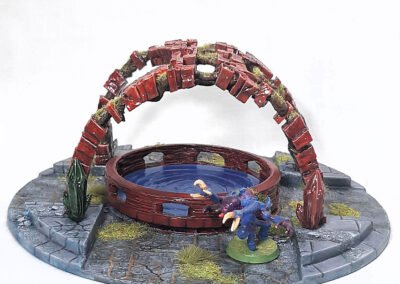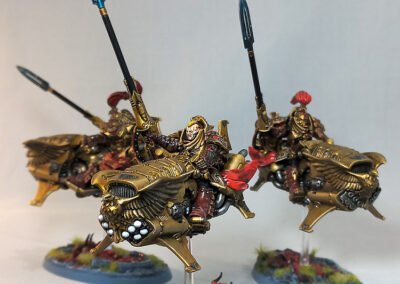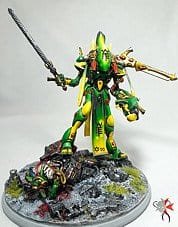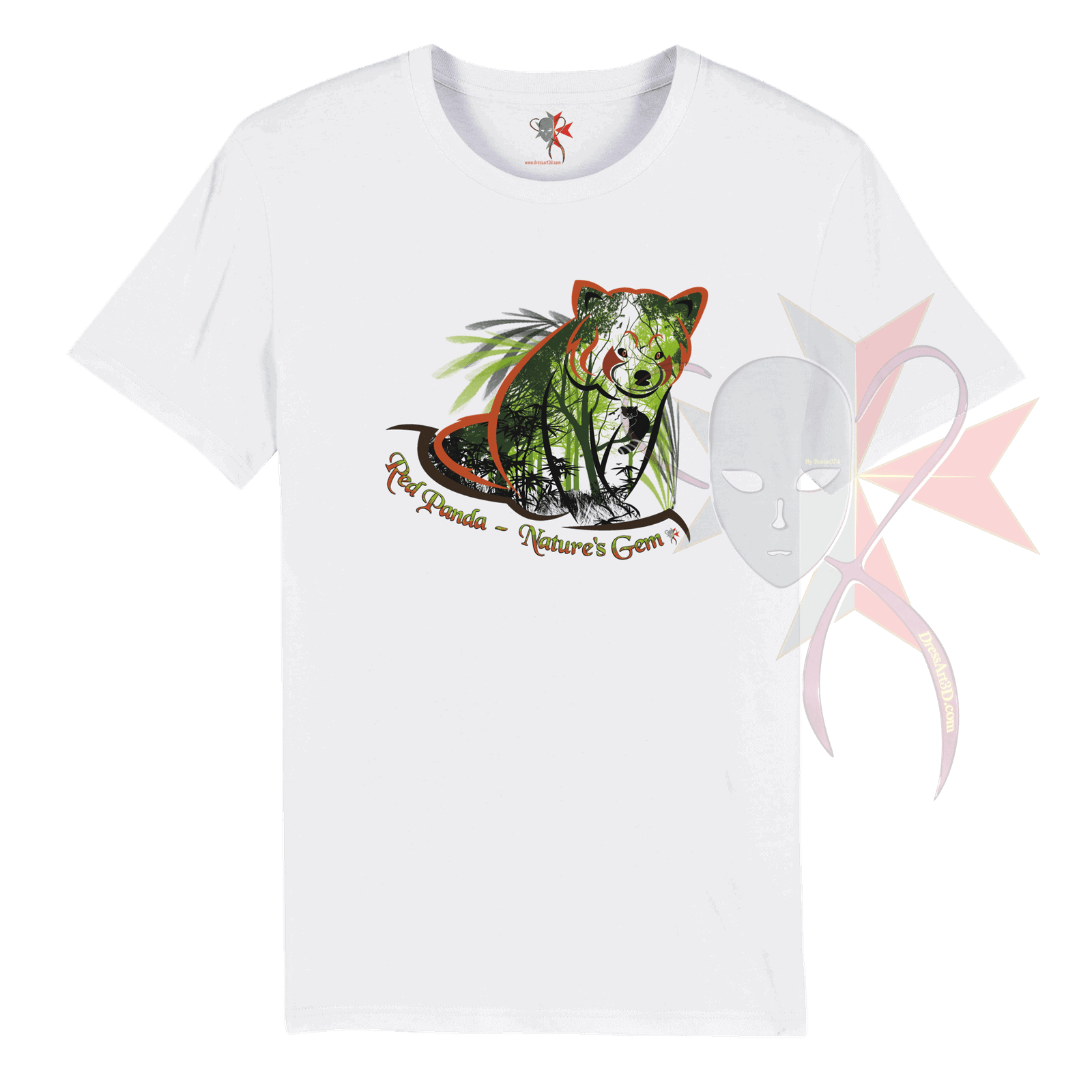Is Painting Miniatures Profitable? Find Out How to Earn Money!
Is Painting Miniatures Profitable? Find Out How to Earn Money!
If you’ve recently dipped your toes into the world of miniature painting, you might be wondering, “Is painting miniatures profitable? Can I actually make money doing this?” The short answer is yes, you can—but it’s important to approach it with the right mindset and a solid plan. Whether you’re a beginner in painting miniatures or just starting out in role-playing and board gaming, this article will guide you through the process of turning your hobby into a potential source of income.

Is Painting Miniatures Profitable? Find Out How to Earn Money! @ Dressart3d.com
Starting Out: Testing the Waters with a couple of Miniatures
Begin as a Side Job
When you’re just getting started with miniature painting, it’s a good idea to treat it as a side job rather than jumping in full-time. This gives you the freedom to experiment and improve your skills without the pressure of having to make a living from it right away.
When I first started painting miniatures, it was purely for fun. I loved the process of bringing tiny figures to life with paint, and the idea of making money from it didn’t even cross my mind. But as I got better, friends and fellow gamers started asking if they could buy some of my painted miniatures. That’s when I realized this hobby could potentially turn into something more.
Choose and Paint a Few Miniatures
The first step in testing the waters is to buy a couple of miniatures that you really like and paint them as best as you can. Focus on improving your technique and trying out different styles. The key here is to enjoy the process and not rush through it. Quality is what will set your work apart, even as a beginner.
Once you’ve painted a few miniatures, you’ll need to decide what to do with them. This brings us to the next step: selling your work online to find out if painting miniatures can be profitable for you.
Selling Miniatures on eBay
eBay is a great platform for selling painted miniatures, especially when you’re just starting out. Before you list your miniatures, take some time to do a little market research. Look up similar models on eBay and see what they’re selling for. This will give you an idea of how to price your own work competitively.
When I sold my first painted miniature on eBay, I was both excited and nervous. I had spent hours perfecting the details, and I wasn’t sure if anyone would even notice it among the hundreds of other listings. But I set a reasonable price based on what I had seen, and within a week, it sold! It was a small victory, but it gave me the confidence to keep going.
If you’re confident in your painting skills and don’t mind waiting for the right buyer, you can also set your own price without worrying too much about what others are charging. Sometimes, it just takes one person who really appreciates your work from the billions living on this world to make a sale.
Gaining Confidence and Expanding Your Miniature Business
Building a Reputation
As you start selling more miniatures, you’ll begin to build a reputation in the community. Encourage your buyers to leave positive feedback on your eBay listings—this can go a long way in attracting new customers. Consistency is key, so try to list new miniatures regularly to keep your profile active and visible.
I remember when I started getting repeat customers; that was a real turning point. People who had bought one of my miniatures came back for more, and they started leaving great reviews. This helped boost my sales and motivated me to keep improving.
Moving to a Website
Once you’re consistently selling miniatures and seeing demand for your work, it might be time to consider creating your own website. A website not only gives you a more professional appearance but also allows you to offer additional services, such as custom commissions.
Offering commissions is a great way to expand your business. With commissions, clients can directly request specific miniatures to be painted according to their preferences. This can be a lucrative part of your business, but it requires good communication and customer service skills. Make sure to clearly outline your commission rules on your website so clients know exactly what to expect.
When I made the leap to my own website, it opened up so many opportunities. Not only could I showcase my work in a more organized way, but I also started getting commission requests from all over the world. It was incredibly rewarding to see my hobby grow into something bigger.
Scaling Your Business: Design, 3D Printing, and Painting Miniatures
Expanding into 3D Printing
As your skills grow and your business starts to gain traction, you might consider expanding into designing and 3D printing your own miniatures. This is one way to increase the profitability of painting miniatures, by offering something truly unique that can’t be found elsewhere.
Creating your own designs allows you to tap into a niche market of collectors and gamers who are looking for one-of-a-kind pieces. You can also sell digital 3D models on your website for customers who prefer to print and paint their own miniatures.
Learning to design and 3D print was a game-changer for me. It added a new dimension to my business and allowed me to express my creativity in ways I hadn’t imagined before. Plus, it opened up new revenue streams, which is always a plus!
The Importance of Packaging Miniatures well.
One skill that often gets overlooked but is absolutely crucial in this business is packaging. Miniatures are delicate, and even the slightest damage during shipping can ruin a customer’s experience. You need to learn how to pack your miniatures so they arrive safely and undamaged.
I can’t stress enough how important this is. You could be the best miniature painter in the world, but if your work arrives chipped or broken, you’ll lose your customer’s trust. Invest in good packaging materials and take the time to do it right. This attention to detail will pay off in the long run.
The Long-Term Vision: Turning Your Hobby into a Full-Time Business
Evaluating Success
After a year or two of selling miniatures, take a step back and evaluate your progress. Are you consistently making sales? Have you built a loyal customer base? If you find that painting miniatures has been profitable for you, you might be ready to take the next step and turn your side job into a full-time business.
At this point, you can also explore additional ways to grow your business. For example, you could offer painting tutorials, hold workshops, or even produce limited-edition miniatures. Diversifying your offerings can help you reach a broader audience and increase your income.
Final Tips for Success
Is painting miniatures profitable in the long run?
Turning your hobby into a full-time business takes patience and persistence. Success doesn’t happen overnight, but with dedication, you can make it work. Keep learning and improving your skills, stay connected with your customers, and don’t be afraid to experiment with new ideas.
One of the most important things I’ve learned is to never stop improving. There’s always something new to learn, whether it’s a new painting technique, a better way to package miniatures, or a fresh approach to marketing your work. The more you grow, the more your business will grow with you.
Example from Experience
If you’re curious about what’s possible, I’d encourage you to check out some of the work I’ve done over the years. For example, here’s a link to a miniature I designed and produced: Dressart3D.com. It’s a great example of how a hobby can evolve into a successful business.
https://studio.youtube.com/video/O1j4cOci_Ig/edit
Conclusion
So, is painting miniatures profitable? Absolutely. But like any business, it takes time, effort, and a lot of passion. Start small, build your skills, and expand your business gradually. Whether you’re painting miniatures as a side job or aiming to make it a full-time career, there’s potential to turn your love for miniatures into a profitable venture.
If you’re ready to take the plunge, I encourage you to start painting and selling your first miniature today. Who knows? In a few years, you might find yourself running a thriving miniature painting business, just like I did.
Happy painting, and best of luck on your journey to turning your hobby into a business!
Thanks with a Gift!
Thanks for sticking with this long read. If you managed to arrive to this point I sincerely think that you found this reading an interesting one and I really appreciate it. As a small token for your interest, may I remind you that if you simply create an account with our online show you will be instantly given a one time, no expiry 10% Discount Coupon. You will be able to find it in the coupon section of the My Account Section in the links section above.
Thanks for appreciating our Art!





















I’m just starting out with painting miniatures, and this article really motivated me to consider selling my work. Great tips for beginners! Hope to one time be as god as you 🙂
Thanks for your comment and compliments. Much appreciated one thing is for sure about this hobby is that if you want to be good you have to practice regularly.
As someone already selling painted miniatures, I found the tips on expanding into 3D printing invaluable. Great advice for scaling a business
glad to be able to help.
I’ve been in the miniature painting business for years, and this article nailed it. Packaging is indeed crucial—don’t underestimate it!
Packaging sills are essential in my opinion. Thanks for the support
Hi, I’m L. Your blog is a good spot of valuable insights, and I’ve made it a point to visit daily in hopes of seeing more. Kudos on creating such an amazing resource!